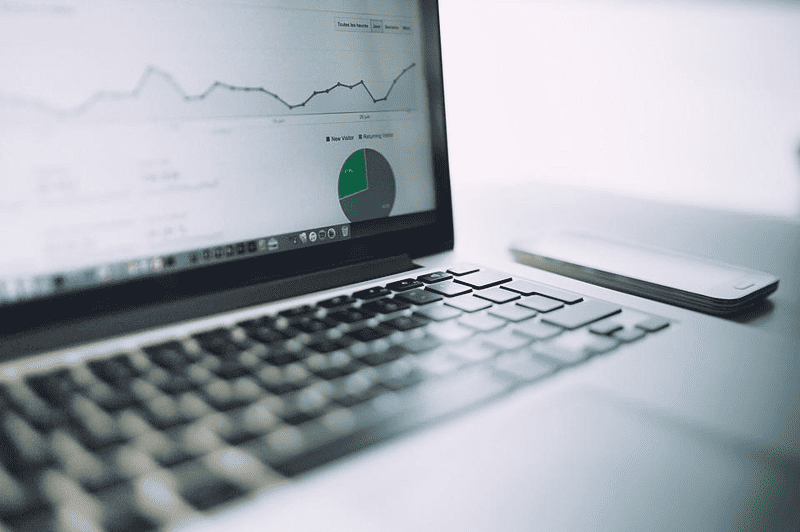Supply chain issues can be complex, and you may feel like you’re constantly putting out fires instead of focusing on growth. If this is your case, it’s time to optimize your supply chain performance with RTLS.
Supply chain management is not easy since it requires constant attention to detail. The good news is that there’s a way to simplify the process. You could track your inventory in real-time and use that data to make informed decisions about your business.
That’s where RTLS comes in. Real-time location systems allow you to track your assets in real-time, giving you a comprehensive view of your supply chain. With this data, you can identify bottlenecks, optimize your processes, and improve your overall performance.
However, change can be scary, and you might be worried about the cost of implementing RTLS in logistics or the learning curve. Maybe you’re even sceptical about the benefits. After all, plenty of technologies out there promise to revolutionize your business, only to fall short of expectations.
But RTLS is different. The benefits of real-time tracking and analytics are undeniable, and the cost of not implementing them can be significant. This post discusses the benefits of RTLS in depth and shows how it can transform your supply chain performance. Keep reading.
What is RTLS?

Real-time location systems (RTLS) are technologies used to automatically identify and track the location of objects or people in real-time. RTLS uses wireless communication to transmit the location information to a central system for processing and analysis. The system collects data on the location of the objects, the time they spent in certain locations, and other relevant information. RTLS technologies can include RFID, GPS, Bluetooth, and Wi-Fi.
RTLS technology works by attaching tags to the tracked objects, which can be active or passive. Active tags are battery-powered and constantly transmit their location information to the RTLS system. On the other hand, passive tags do not have batteries and only emit signals when they are within range of an RTLS reader.
How RTLS Can Be Integrated into a Supply Chain Management System
RTLS can provide real-time data on the location and movement of goods, materials, and assets. The integration process involves installing RTLS readers in strategic locations throughout the supply chain, such as warehouses, distribution centers, and transport vehicles. The tags attached to the tracked objects communicate with these readers, allowing the system to capture and analyze the location data.
Benefits of RTLS in Supply Chain Management

1. Improved Visibility and Transparency throughout the Supply Chain
RTLS can allow managers to track the progress of shipments and identify any delays or bottlenecks in the supply chain. This information can be used to optimize supply chain operations and ensure timely delivery of goods to customers.
2. Enhanced Accuracy in Inventory Management
RTLS also provides enhanced accuracy in inventory management by providing real-time data on the location and quantity of goods. The data can be used to monitor inventory levels, track the movement of goods, and optimize warehouse space. The accuracy of the data ensures that the right products are delivered to the right locations, reducing the risk of lost or misplaced items.
3. Reduced Labor Costs and Increased Efficiency
RTLS can eliminate the need for manual data entry and reduce the risk of errors by automating the tracking of goods. This saves time and labor costs while improving the accuracy of data.
4. Improved Customer Satisfaction
RTLS allows managers to manage delays and respond to customer inquiries quickly and proactively. This improves the customer experience and builds customer loyalty.
Case Studies
Several companies have successfully implemented RTLS in their supply chain management systems, experiencing significant benefits. For example, a leading beverage company in the United States implemented RTLS to track its pallets and reduce the time it took to load and unload them from delivery trucks. The company reduced loading and unloading times by 30%, resulting in significant cost savings and improved customer satisfaction.
Another example is a global logistics provider implementing RTLS to track its vehicles and improve delivery times. The company reduced delivery times by 25% and improved customer satisfaction ratings by 20%.
Analytics in RTLS

RTLS technology, including RLTS for warehouses and logistics centers, also provides valuable data that can be used to gain insights and optimize supply chain operations. The data collected by RTLS can be analyzed using advanced analytics tools to identify patterns and trends in the movement of goods, the performance of assets, and the overall efficiency of the supply chain. This information can be used to identify areas for improvement, optimize workflows, and reduce costs.
For example, analytics can identify the most efficient routes for delivery trucks or predict when maintenance is needed on a particular asset, reducing downtime and maintenance costs. Advanced analytics can also identify opportunities for process improvements, such as reducing the time it takes to process orders or improving the accuracy of inventory counts.
Summing Up
Investing your time and energy into learning ways to improve your supply chain performance is no easy feat. The pressures of meeting customer demand, reducing costs, and increasing efficiency can take a toll on even the most experienced supply chain professionals.
But if you incorporate real-time tracking and analytics into your supply chain operations, you can gain valuable insights and make informed decisions that will positively impact your business.
The benefits of optimizing your supply chain with RTLS go beyond just improving your bottom line. Streamlining your operations and reducing waste can reduce your environmental impact and contribute to a more sustainable future.
